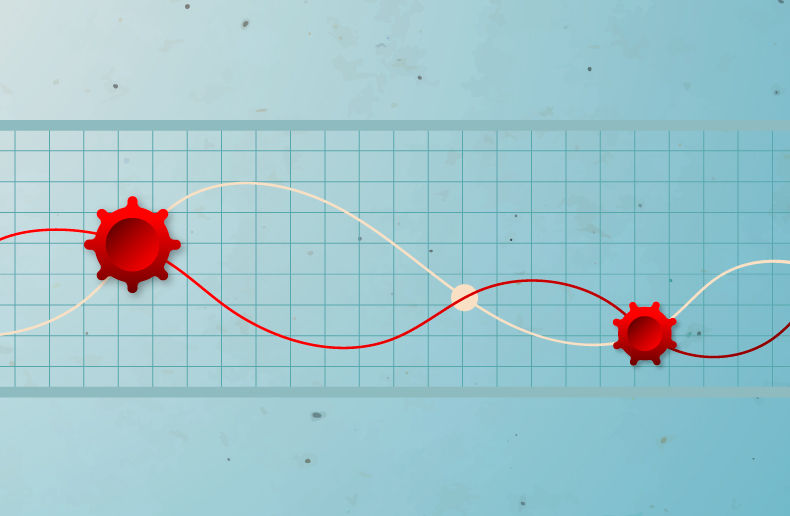A comparison of in-house pension management and annuity buy-in solutions conducted by Manulife Investment Management suggests that, on average and over the long term, annuity buy-ins are a more expensive option – 10 per cent more expensive according to some modelling – than available investment solutions for pension plan sponsors.
“Annuity buy-ins are gaining popularity for defined benefit (DB) pension plans in Canada. But are they the best solution or simply a way for employers to gain some peace of mind?” Manulife’s head of strategic initiatives and innovation on the firm’s multi-asset solutions team, Emilie Paquet asks in the note to investors, entitled No free lunch: annuity buy-ins or in-house pension management?
“Historically, the annuity buy-in market has been slow to gain popularity, since in general, plan assets haven’t been sufficient to cover the required up-front payment to the insurer,” they write. “However, with recent interest rate increases, pension plans are in healthier shape and any additional cash outlays are generally lower than they were a few years ago.”
Manulife then goes on to say that while pension plans are in an enviable position, annuities are still a more expensive option than investing. “While in some cases an annuity buy-in may be preferable, we believe that for certain plan sponsors, it could be financially more advantageous to implement an investment solution that’s tailored to their own risk tolerance.”
To illustrate their point, Manulife discusses a scenario where a cash flow matching portfolio is coupled with a growth portfolio: “While the total cost of a pension plan may not be known until the death of the last plan member (for a plan that’s closed to new members), we can still estimate that a solution fully invested in the matching portfolio will likely cost 10 per cent less than an annuity buy-in.”














